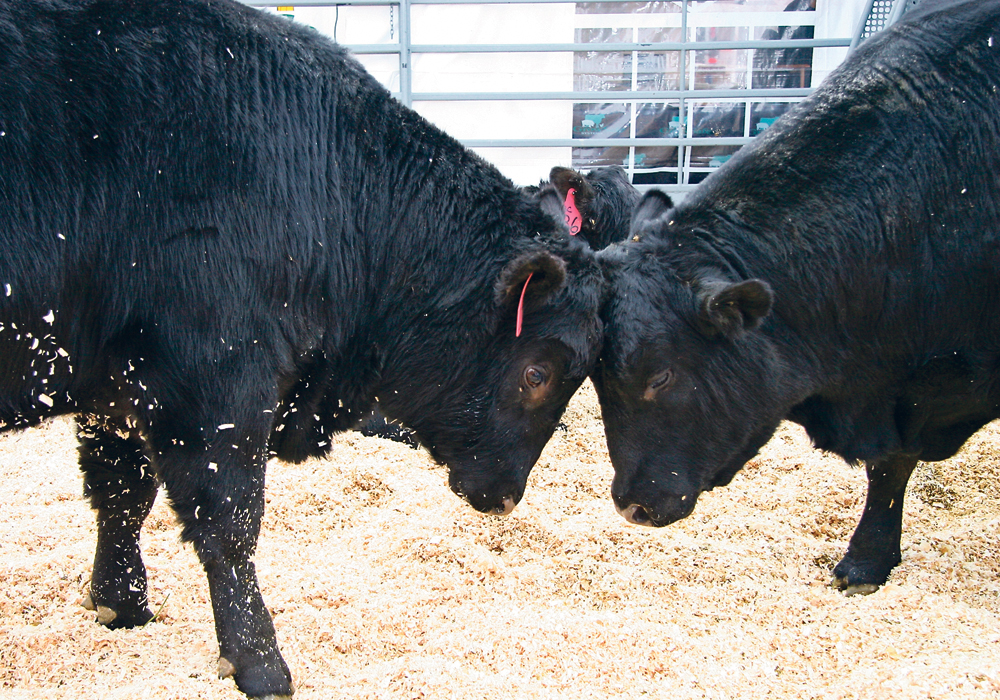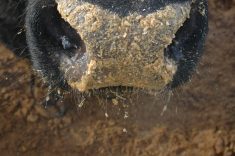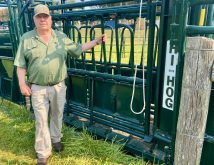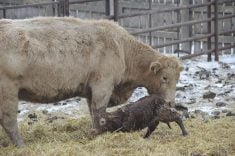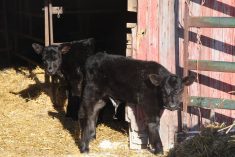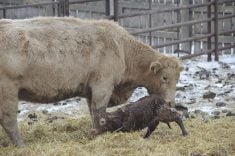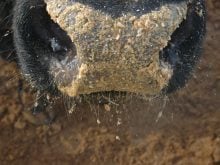Ranchers who run multiple sires with their cow herd might be interested to know which bulls sire the most calves.
But what can they do with that information, beyond selling the under-performers?
A four-year study initiated by the West Central Forage Association (WCFA), in conjunction with Olds College and Lakeland College, seeks to answer that question.
Bulls owned by an Olds area producer, the Lakeland College herd and those owned by five different producers connected to WCFA were DNA tested last year, the first in the study. Their calves are also DNA tested to determine paternity.
Read Also

Beef check-off collection system aligns across the country
A single and aligned check-off collection system based on where producers live makes the system equal said Chad Ross, Saskatchewan Cattle Association chair.
More than 500 animals will be tested in each of the remaining years in the study to gauge the value of testing as well as the value of improved record-keeping connected with data collection.
“It’s not only collecting that data but then using it to improve your management or increase some production goals, or at least start as a benchmarking exercise for producers,” said Sean Thompson, manager at the Olds College Technology Access Centre for Livestock Production.
Body condition scores, birth weights, weaning weights and other data will be collected and form part of the project.
Jessica Watson of WCFA said commercially available DNA technology will be used, and the research group is working with BIXS, the beef information exchange system, to compile and analyze the data collected from participants.
“The main goal is to get this technology in front of producers, use it and see if they find any value in it.”
Thompson said the project has multiple goals. There’s the paternity test on calves but also the potential value in learning more about the herd.
“One, show the value, but then also to plan breeding management around it, or to improve record keeping to be able to show (producers) this value above and beyond what they’re currently doing.
“Maybe that’s incorporating an electronic record keeping system versus a pen and paper, whether that’s setting a production goal at the start of every season and following them through to the end of the year or simply just benchmarking. Seeing where they’re at and then being able to compare that to other industry standards.”
Commercial cattle producers are typically slower to adopt new technology than their colleagues in the purebred sector, with cost and unfamiliarity with software cited among the main reasons.
Thompson said there’s a common misconception about the cost of DNA testing. It now costs about $12 per sample, compared to the $40 or $50 rate 10 years ago.
While $12 per calf might still seem like a lot, Thompson said “the math makes sense pretty quick” if ranchers have spent $3,000 to $7,000 on a bull and find through testing that it isn’t performing well by breeding cows.




